
The Stockholm Bloodbath was a trial that led to a series of executions in Stockholm between 7 and 9 November 1520. The event is also known as the Stockholm massacre.
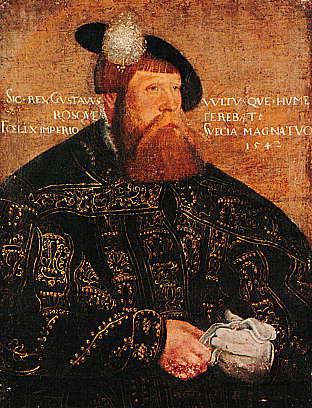
Gustav I, born Gustav Eriksson of the Vasa noble family and later known as Gustav Vasa, was King of Sweden from 1523 until his death in 1560, previously self-recognised Protector of the Realm (Riksföreståndare) from 1521, during the ongoing Swedish War of Liberation against King Christian II of Denmark, Norway and Sweden. Gustav rose to lead the Swedish War of Liberation following the Stockholm Bloodbath, where his father was executed. Gustav's election as king on 6 June 1523 and his triumphant entry into Stockholm eleven days later marked Sweden's final secession from the Kalmar Union.
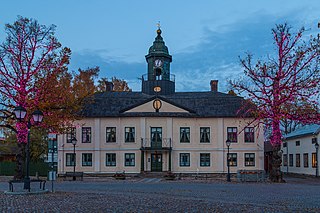
Hedemora Municipality is a municipality in Dalarna County in central Sweden. Its seat is in the city of Hedemora.
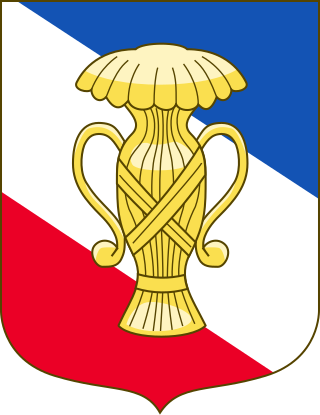
The House of Vasa or Wasa was an early modern royal house founded in 1523 in Sweden. Its members ruled the Kingdom of Sweden from 1523 to 1654 and the Polish–Lithuanian Commonwealth from 1587 to 1668. Its agnatic line became extinct with the death of King John II Casimir of Poland in 1672.
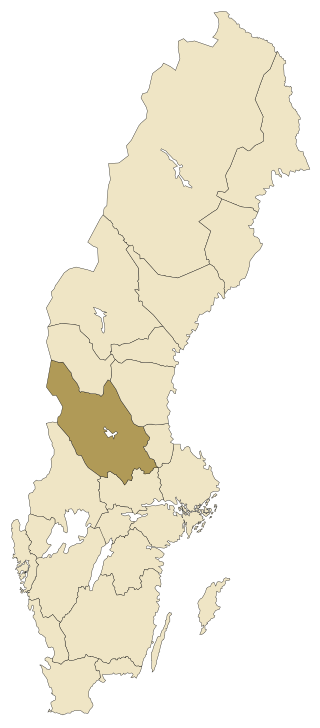
Dalarna is a landskap in central Sweden. English exonyms for it are Dalecarlia and the Dales.

The Early Vasa era is a period that in Swedish and Finnish history lasted between 1523–1611. It began with the reconquest of Stockholm by Gustav Vasa and his men from the Danes in 1523, which was triggered by the event known as the Stockholm Bloodbath in 1520, and then was followed up by Sweden's secession from the Kalmar Union, and continued with the reign of Gustav's sons Eric XIV, John III, John's son Sigismund, and finally Gustav's youngest son Charles IX. The era was followed by a period commonly referred to as the Swedish Empire, or Stormaktstiden in Swedish, which means "Era Of Great Power".

Christina Nilsdotter Gyllenstierna of Fogelvik was a Swedish noblewoman. She was married to the Swedish regent Sten Sture the Younger, and led the Swedish resistance against Christian II of Denmark after the death of her spouse. In her own lifetime she was simply referred to as Fru Kristina, but she has become known in history as Kristina Gyllenstierna because of the house of nobility to which she belonged.

Vasaloppet is an annual long distance cross-country ski race held on the first Sunday of March. The 90 km (56 mi) course starts in the village of Berga, just south of Sälen in western Dalarna, Sweden, and ends in the town of Mora in the central part of the province. It is the oldest cross-country ski race in the world, as well as the one with the highest number of participants.

The Swedish War of Liberation, also known as Gustav Vasa's Rebellion and the Swedish War of Secession, was a significant historical event in Sweden, characterized by a nobleman named Gustav Vasa leading a rebellion and civil war against King Christian II. The war resulted in the deposition of King Christian II from the throne of Sweden, effectively putting an end to the Kalmar Union that had united Sweden, Norway, and Denmark. This conflict played a crucial role in shaping Sweden's national identity and history.

The Dacke War was a peasant uprising led by Nils Dacke in Småland, Sweden, in 1542 against the rule of Gustav Vasa. Dacke and his followers were dissatisfied with the heavy tax burden, the introduction of Lutheranism, and the confiscation of Church property. In 1543 the uprising was defeated, and Nils Dacke was killed.

Peder Skram was a Danish Admiral and naval hero.
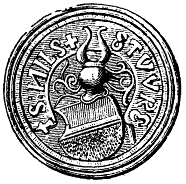
Nils Stensson Sture, born 1512, was the eldest son and heir of Sten Sture the Younger. The so-called Daljunkern, the young leader of an unsuccessful rebellion against Gustav Vasa, claimed to be Nils Sture, and it is a much-discussed question in Swedish historiography whether they really were the same person or if Daljunkern was an impostor.
The Battle of Västerås was a battle in the Swedish War of Liberation that took place on Badelundaåsen, north of Västerås, Sweden on April 29, 1521. The Swedish troops, led by Gustav Vasa, defeated the Danish force, led by Didrik Slagheck, and conquered Västerås.
The Battle of Bornholm was a naval engagement that took place in June 1535. The conflict saw Lübeck and the Hanseatic League engaged against the forces of Sweden, Prussia, Holstein, and Denmark. The Battle of Bornholm was part of the larger Count's Feud.
Brunnbäck is a small community in Sweden, eight kilometers southeast of Avesta in Dalarna at a crossing of Dalälven.
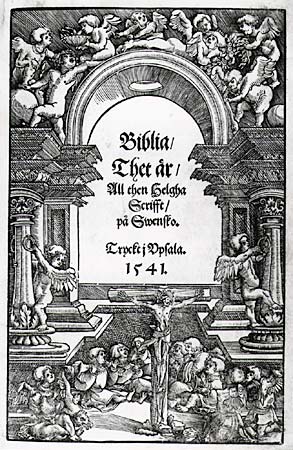
The Reformation in Sweden is generally regarded as having begun in 1527 during the reign of King Gustav I of Sweden, but the process was slow and did not end definitively until the Uppsala Synod of 1593 and the following War against Sigismund, with an attempted counter-reformation during the reign of John III (1568–1592).

The Battle of Brunnbäck Ferry was the first major battle in the Swedish War of Liberation, between rebels rallied by Gustav Vasa that had marched down from occupied Falun and Danish troops from Västerås. The battle took place by the village Brunnbäck, near the ferry over Dalälven.

The Dalecarlian rebellions were a series of Swedish rebellions which took place in Dalarna in Sweden: the First Dalecarlian Rebellion in 1524-1525, the Second Dalecarlian Rebellion in 1527–1528, and the Third Dalecarlian Rebellion in 1531–1533. The rebellions were conducted by the peasantry of Dalarna against the Swedish monarch, King Gustav Vasa. Mutual reasons for all three rebellions were loss of support of Gustav I among the Dalecarlian peasantry because of the economic crisis, the increased royal power, and the unpopular Swedish Reformation.
Badelundaåsen is a long and large esker in central Sweden. It runs from the region of Nyköping in Södermanland to lake Siljan in Dalarna, and is known for many ancient monuments, especially near Badelunda outside of Västerås.

Events from the year 1520 in Sweden.















